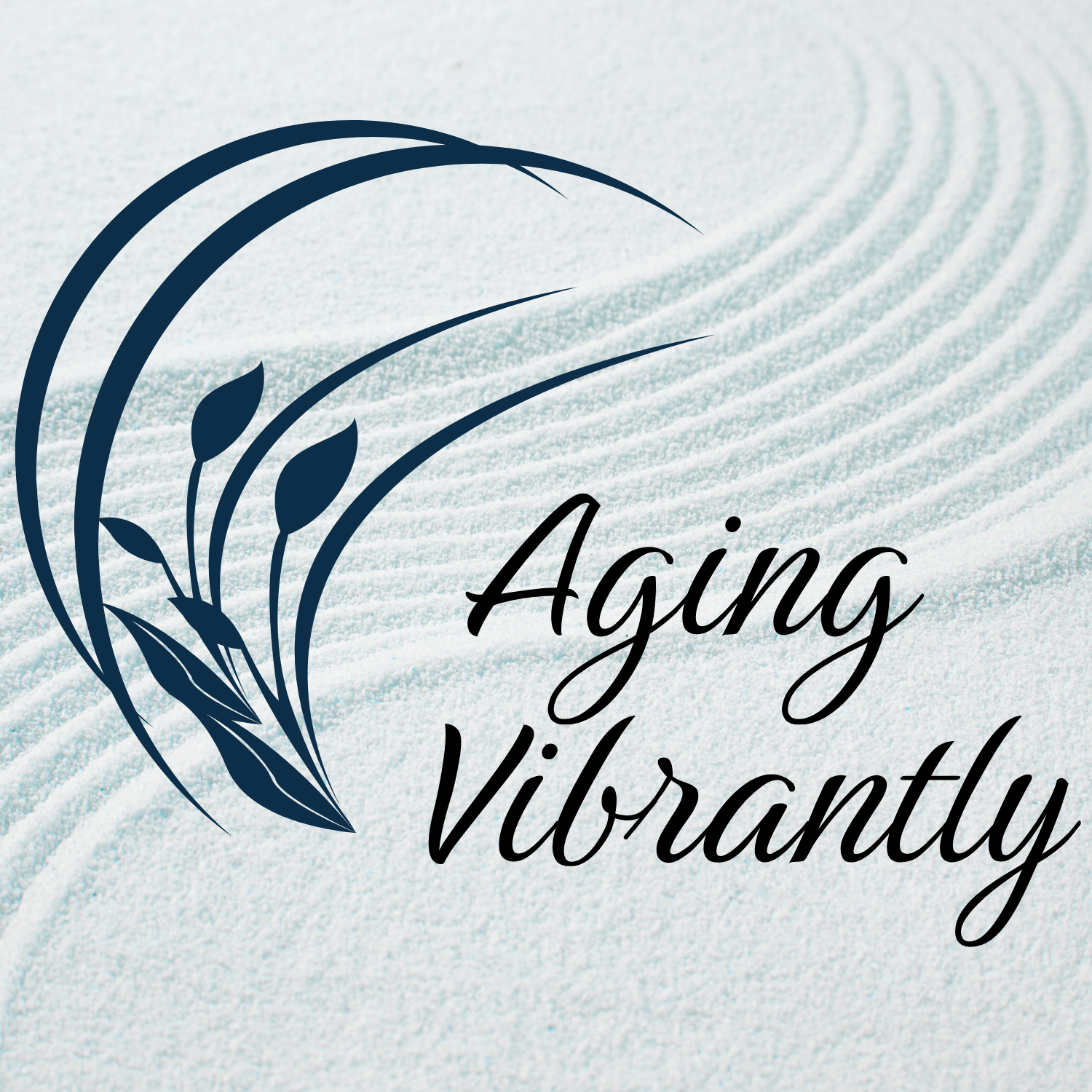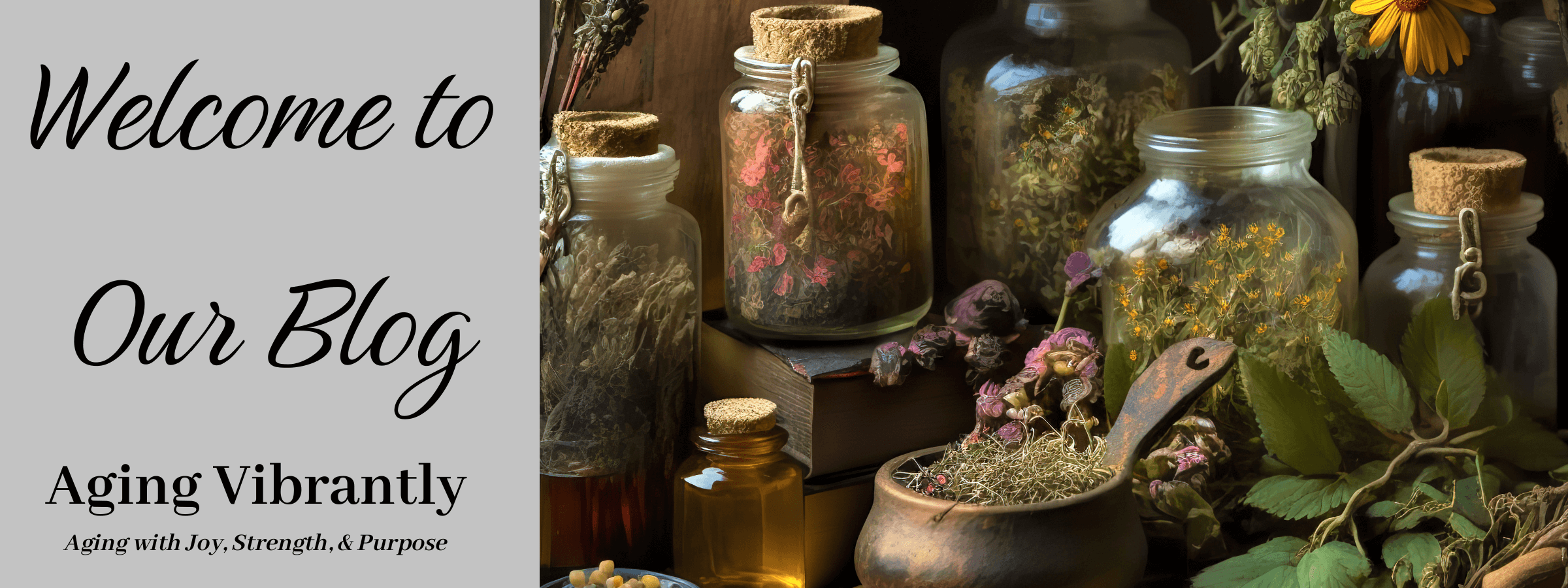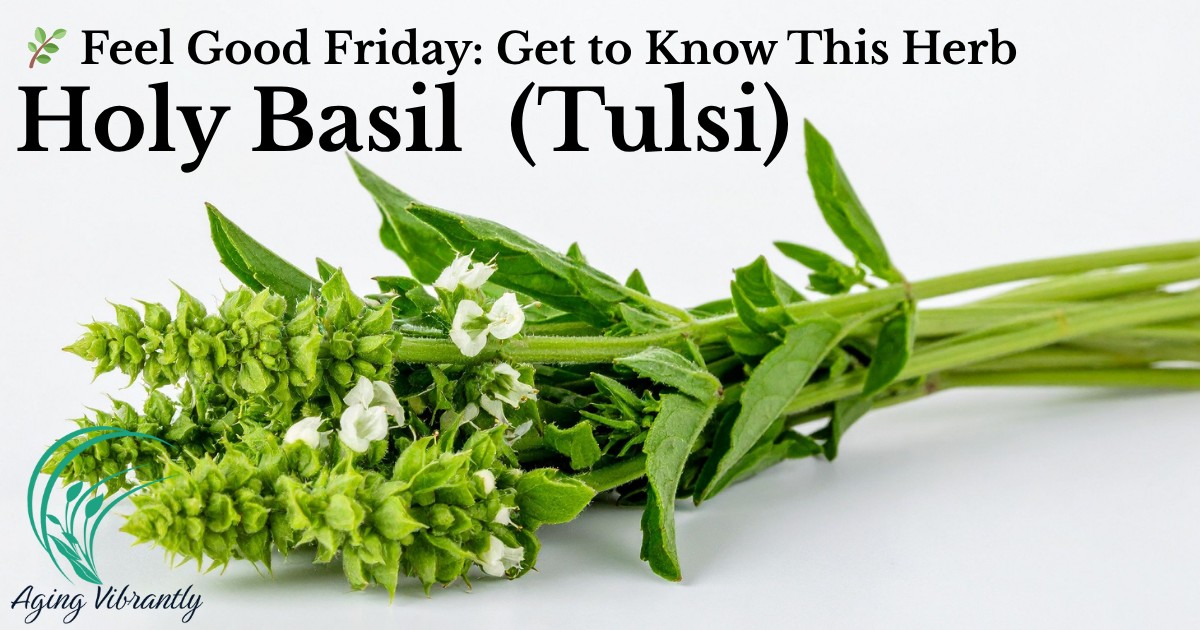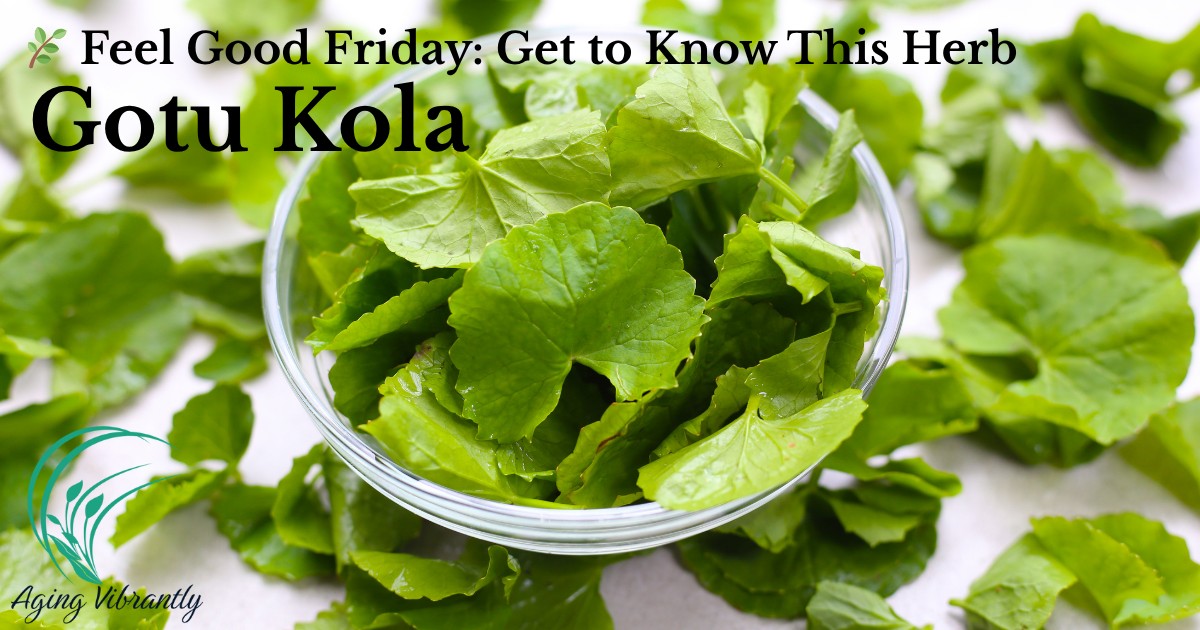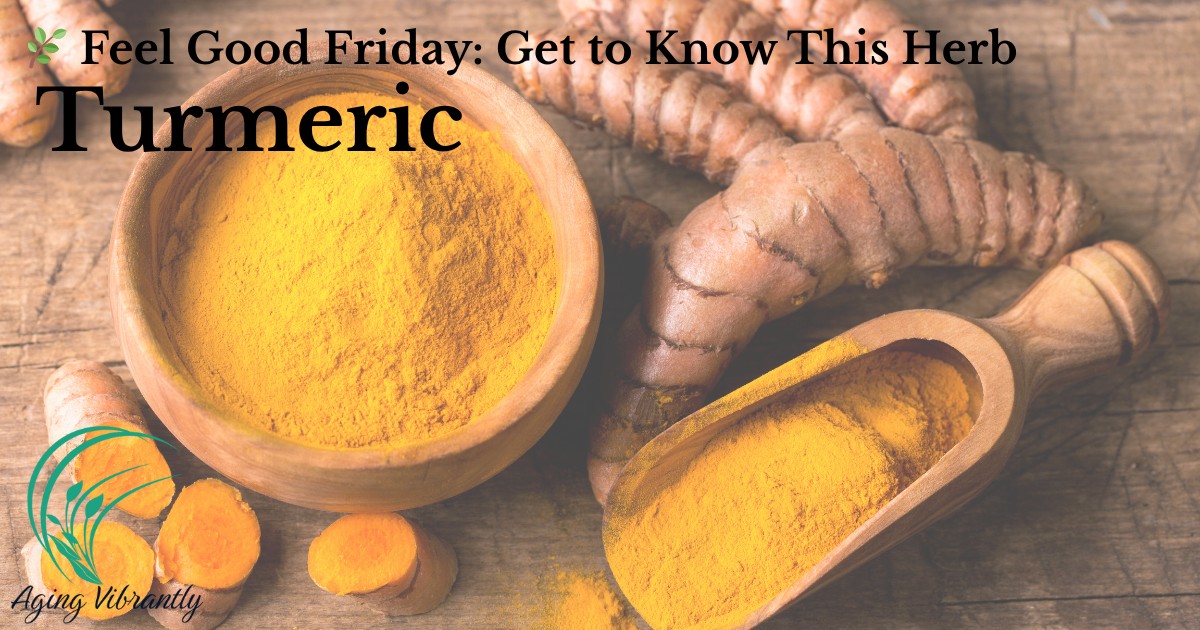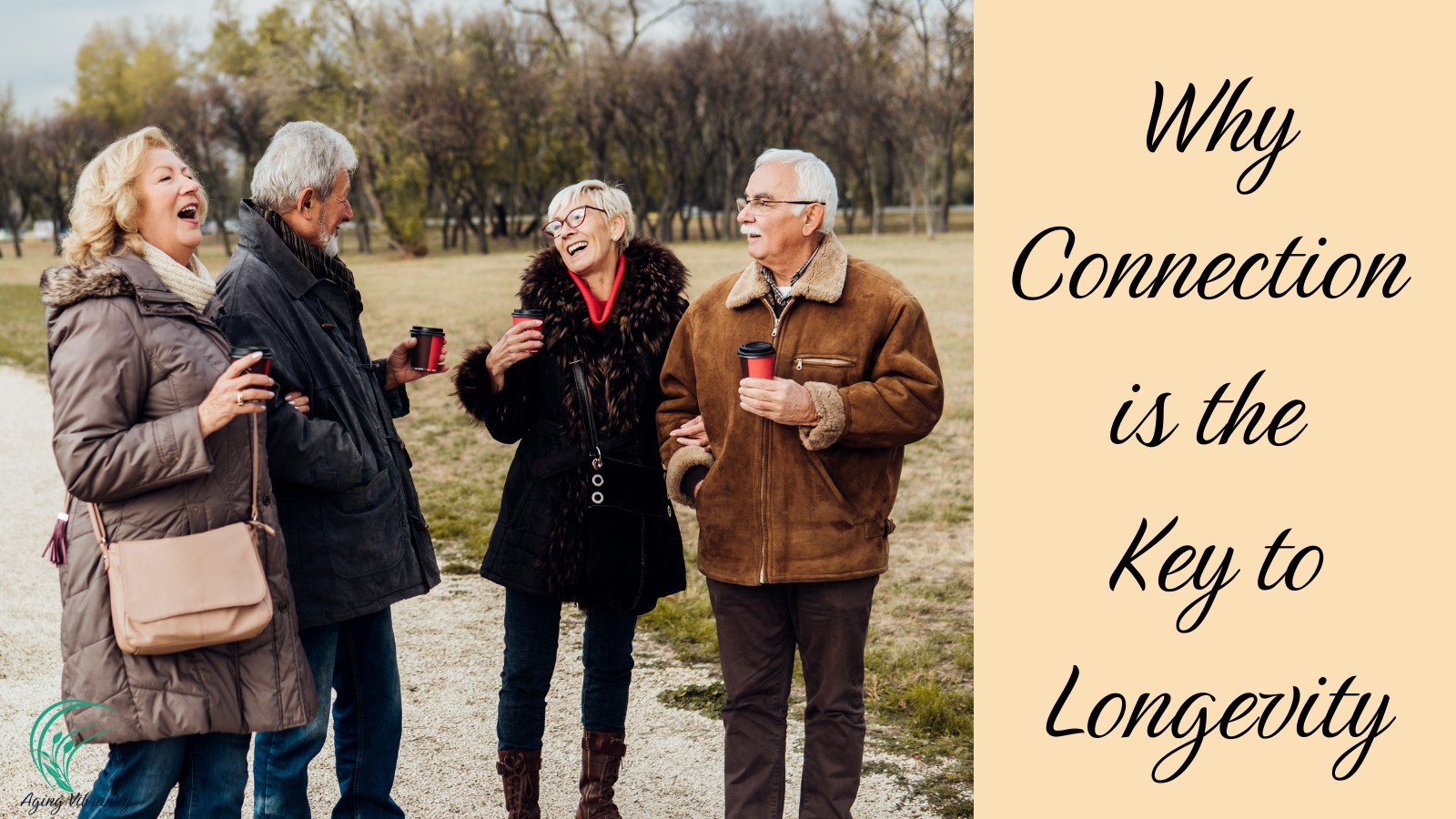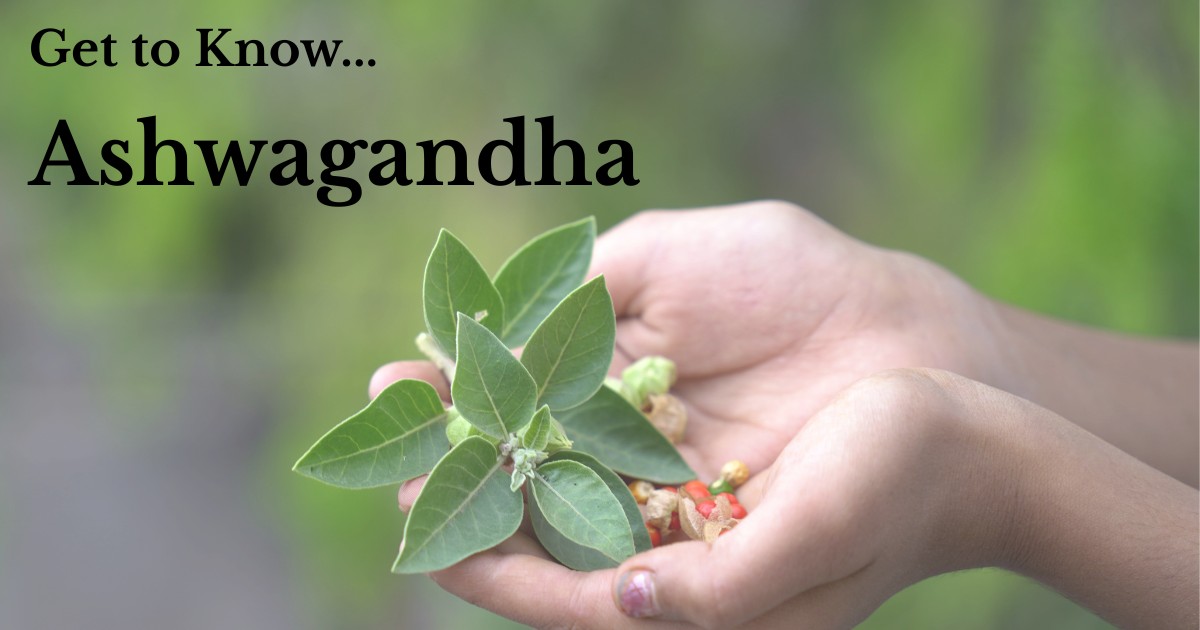
Welcome to our new Feel Good Friday series — a weekly spotlight on powerful herbs that help us age vibrantly and naturally! Each week, we’ll explore one healing plant, its unique benefits, and how it can support your whole-person wellness journey. 🌿
This week, we’re starting with one of nature’s most trusted stress-soothers — Ashwagandha, the calming adaptogen that helps restore balance, energy, and peace from the inside out. 💚
Disclaimer: The information shared in this series is for educational purposes only and is not intended to diagnose, treat, cure, or prevent any disease. Always consult with your healthcare provider before starting any new herbal supplement, especially if you are taking medications or have existing health conditions.
Ashwagandha (Withania somnifera) known as: Winter cherry, Indian ginseng
Family: Solanaceae
Parts used: Root
Native to: India and Africa
Family: Solanaceae
Parts used: Root
Native to: India and Africa
🌱 Botanical Snapshot
Ashwagandha is a small, perennial shrub that grows 2.5–5 feet tall, often thriving in dry, rocky soils and warm climates.
- Stem: Sturdy, with fine hairs that give it a slightly fuzzy appearance.
- Leaves: Simple, ovate, and arranged alternately along the stem—green with a velvety texture.
- Flowers: Small, greenish-yellow blooms that grow in clusters at the leaf axils.
- Fruit: Bright orange-red berries, smooth and enclosed in a papery calyx, similar in look to tiny ground cherries.
- Root: The most valued part—long, thick, and brown, with a strong, earthy odor. It contains key bioactive compounds such as withanolides and alkaloids that contribute to its adaptogenic and restorative effects.
Ashwagandha’s deep root system anchors it in arid soil and symbolizes its grounding nature—helping the body and mind find balance during stress.
🌍 Where It Grows
Native to India, Nepal, and parts of Africa and the Mediterranean. Organically cultivated sources are preferred due to sustainability concerns in parts of India.

🧪 Key Constituents
- Alkaloids (somniferine, withanine)
- Steroidal lactones (withanolides)
- Sitoindosides
- Iron
🌸 Traditional Background
Ashwagandha has been treasured for over 3,000 years in the Ayurvedic healing tradition of India, where it’s classified as a rasayana—a rejuvenating herb used to promote longevity, vitality, and resilience.
The Sanskrit name ashwagandha translates to “the smell of a horse,” symbolizing the strength, stamina, and vitality it is believed to impart. Ancient Ayurvedic texts describe it as a restorative for those who are exhausted, aging, or recovering from illness. It was commonly given to the weak, anxious, or overworked to restore balance between body, mind, and spirit.
Ashwagandha’s Latin name, Withania somnifera, means “sleep-inducing,” highlighting its unique combination of calming and energizing qualities. It nourishes the nervous system and adrenals, helping the body adapt to physical and emotional stress without causing overstimulation—a rare trait among adaptogens.
In traditional practice, it’s often blended with warm milk, honey, or ghee to enhance absorption and nourish the body deeply. This bedtime tonic was seen as a symbol of comfort and restoration, helping people wind down and rebuild from the day’s demands.
Ayurvedic healers also use ashwagandha to support reproductive vitality, enhance mental clarity, and strengthen immunity, viewing it as one of the most balancing herbs in the Ayurvedic pharmacopeia—suitable for nearly everyone, from the frail and elderly to those under chronic stress.
💪 Key Benefits
| Area | Benefit |
|---|---|
| Stress & Anxiety | Calms the nervous system, reduces anxiety, promotes restful sleep |
| Energy & Vitality | Builds stamina and strength over time without overstimulation |
| Cognitive Support | Improves concentration, focus, and mental clarity |
| Hormonal Balance | Supports fertility and reproductive health in men and women |
| Immune Health | Enhances immune function and resilience |
| Blood Sugar & Cholesterol | Shown to help lower glucose, LDL, and VLDL levels |
| Thyroid Function | May support underactive thyroid (use with caution in hyperthyroidism) |
💤 Unique Trait
Unlike many adaptogens, ashwagandha is both calming and restorative—ideal for stress-related fatigue, anxiety, and poor sleep.
⚠️ Cautions*
- Avoid during hyperthyroidism or while taking thyroid medications.
- Use under guidance during pregnancy.
- Not for those with iron overload conditions (like hemochromatosis).
☕ How to Use*
Traditionally taken as a powdered root mixed into warm milk (often with honey) before bedtime.
Typical Ayurvedic dose: 5 grams twice daily.
Typical Ayurvedic dose: 5 grams twice daily.
Try This at Home
Calming Ashwagandha Latte
- 1 cup warm almond or oat milk
- ½ tsp Ashwagandha powder
- ¼ tsp turmeric
- Pinch cinnamon
- 1 tsp honey (optional)
Whisk together and enjoy before bedtime.
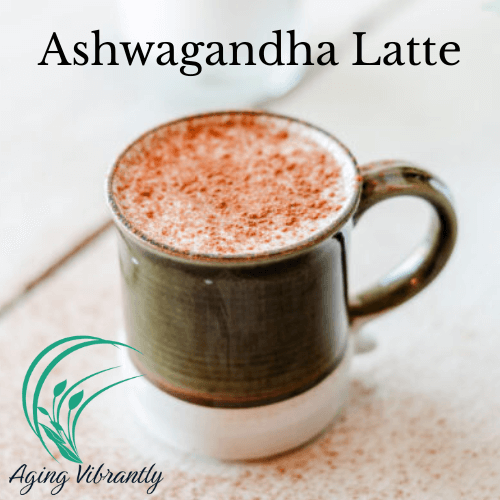
Closing Thought
Adding Ashwagandha to your wellness routine may help you stay calm, focused, and energized through life’s transitions. Remember—herbal wellness is a journey, not a quick fix. Start slowly, listen to your body, and celebrate the small steps toward vibrant aging.
*Aging Vibrantly provides educational, inspirational, and faith-based wellness content for older adults and caregivers. Our services are not a substitute for professional medical, legal, financial, or counseling advice.
💚 Want to Learn More?
Join us every "Feel Good Friday" and get to know another to benefit you as you Age Vibrantly!
Join us every "Feel Good Friday" and get to know another to benefit you as you Age Vibrantly!
Subscribe to Aging Vibrantly Quarterly for more about Holistic Wellness as You Age.
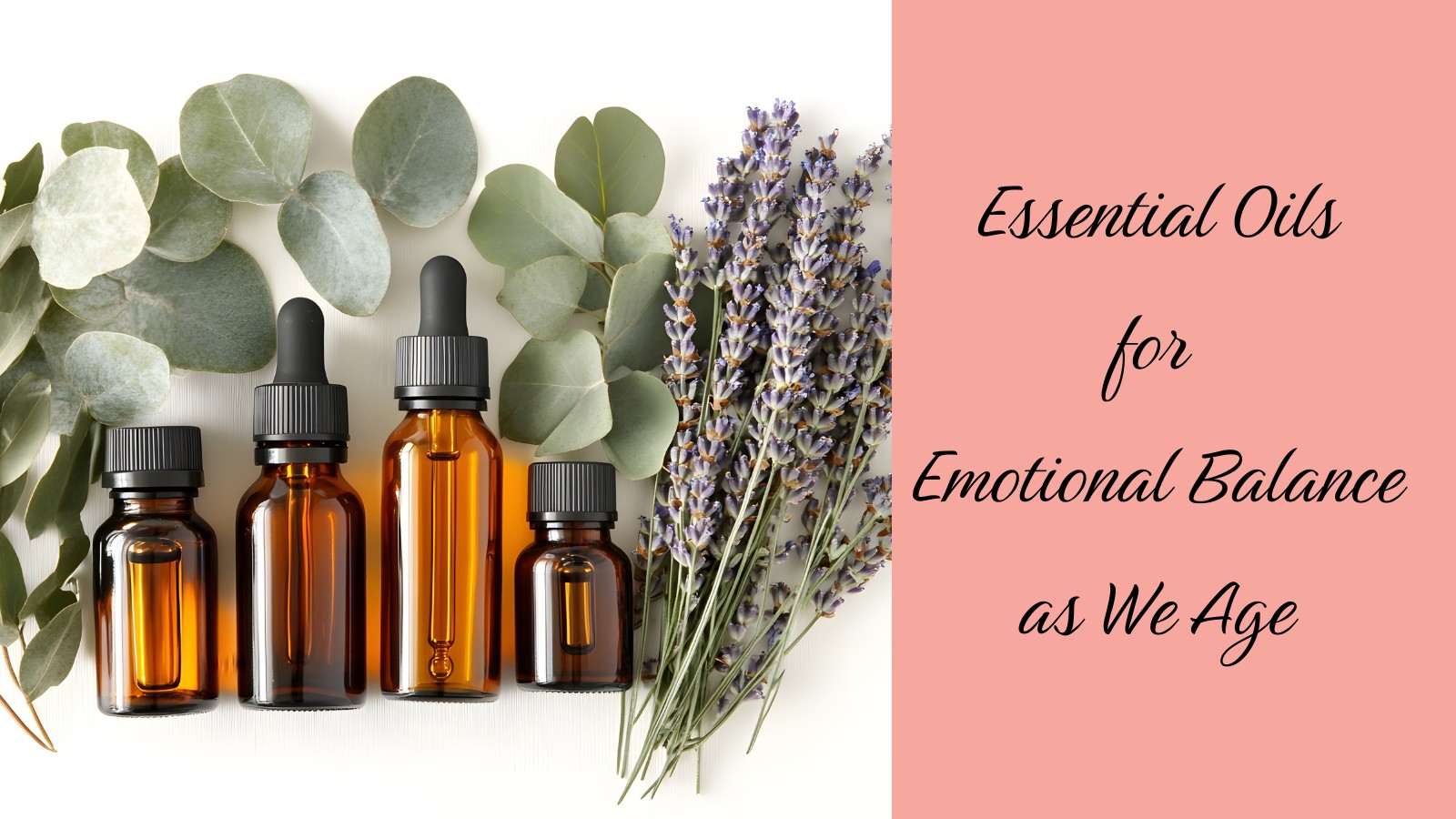
Aging is a season of growth and reflection — but also one of emotional shifts. We may experience new kinds of stress, loneliness, or anxiety as our lives and roles change. The beautiful truth is that creation provides natural tools to help us navigate these transitions. Essential oils are one of them — simple, powerful, and rooted in both science and Scripture.
🌸 Why Emotional Balance Matters as We Age*
As we age, our emotional health becomes just as important as our physical well-being. Many older adults experience changes that can stir up new emotions — retirement, loss of loved ones, physical changes, or shifting social circles. These transitions can sometimes lead to stress, anxiety, or sadness. Maintaining emotional balance as we age helps us stay resilient, connected, and hopeful through each new season of life.
🌿 The Mind-Body Connection
Emotions have a powerful impact on the body. When we experience ongoing stress or worry, our brains release cortisol and other stress hormones. Over time, high cortisol levels can lead to inflammation, poor sleep, high blood pressure, and even memory problems. Chronic stress can also weaken the immune system, making us more vulnerable to illness.
On the other hand, when we feel calm, joyful, and at peace, the body responds positively. Our heart rate slows, digestion improves, and immune function strengthens. Studies show that people who manage stress well tend to have lower rates of chronic disease and experience a better quality of life as they age.
💧 Emotional Wellness and Whole-Person Aging
Emotional balance is one of the key pillars of holistic aging. It supports the whole person — body, mind, and spirit. When we feel emotionally steady, we’re better able to make healthy choices, nurture relationships, and stay active in faith and community.
That’s why nurturing emotional health isn’t a luxury — it’s essential for vibrant living. Using natural tools like essential oils can make this easier. These aromatic plant compounds work with the brain’s emotional center to help ease tension, lift mood, and promote peace.
🕊️ A Faith-Based Perspective
God designed us as beautifully integrated beings. Our minds, bodies, and spirits are deeply connected. When one part is out of balance, the others feel the strain. Taking time to care for your emotional wellness honors that divine design. Practices like prayer, gratitude, community, and aromatherapy can work together to restore peace and purpose as we grow older.
🌞 Aging Vibrantly, Inside and Out
Aging vibrantly means living with joy, calm, and clarity — no matter your age. By caring for emotional balance through faith, connection, and natural wellness practices, we can thrive, not just survive, in our later years.
How Essential Oils Work on the Body and Mind
Essential oils aren’t just pleasant scents — they contain hundreds of natural compounds that interact with our brains and bodies. Here’s how they support emotional wellness:
1. Through the Limbic System (Your Emotional Brain)
When you inhale an essential oil, its molecules travel through the nose to the olfactory bulb, which connects directly to the limbic system — the part of your brain that regulates emotion, memory, and motivation.
- Lavender and bergamot, for example, influence neurotransmitters like serotonin and dopamine, which help stabilize mood.
- This fast, direct connection is why certain aromas can instantly calm your nerves or trigger joyful memories.
2. By Supporting the Nervous System
Essential oils contain terpenes and esters, natural compounds known to have relaxing effects on the nervous system.
- Linalool (found in lavender) and linalyl acetate (found in bergamot) have been shown to lower heart rate and blood pressure in stressful situations.
- Oils like frankincense can reduce cortisol levels, helping the body move from “fight or flight” into a state of rest and restoration.
3. By Balancing Hormones Naturally
As we age, hormonal changes can influence emotional stability. Certain essential oils help the body rebalance naturally:
- Clary sage may support estrogen balance, easing irritability and mood swings.
- Ylang ylang can promote calm and reduce stress-induced tension.
4. By Encouraging Mindful, Faith-Based Practices
Using essential oils intentionally — during prayer, meditation, or deep breathing — encourages mindfulness. This slows racing thoughts, centers your focus on God, and helps you remain present. Over time, these small rituals strengthen emotional resilience.
Top Essential Oils for Emotional Balance
| Essential Oil | Key Benefit | Best Use |
|---|---|---|
| Lavender | Calms anxiety, promotes rest | Diffuse before bed or add to a bath |
| Bergamot | Lifts mood, eases tension | Inhale during moments of stress |
| Frankincense | Grounds the mind, supports spiritual focus | Use in prayer or meditation |
| Ylang Ylang | Soothes frustration and tension | Apply (diluted) to wrists or neck |
| Rose | Comforts sadness, promotes love and compassion | Diffuse during quiet reflection |
| Clary Sage | Balances hormones, reduces irritability | Blend with carrier oil and apply topically |
Each of these oils are available here. Please understand that this a link to an affiliate and may result in a small income for Aging Vibrantly. Your cost is not affected in any way.
How to Use Essential Oils Safely and Effectively
- Inhale: Add 4–6 drops to a diffuser or place a drop on a tissue and breathe deeply.
- Topical: Mix 2–3 drops with a carrier oil (like jojoba or fractionated coconut oil) before applying to skin.
- Bath or Massage: Combine 3 drops of oil with Epsom salts or carrier oil for soothing relaxation.
- Faith Time: Diffuse frankincense or rose during devotion, journaling, or prayer for emotional grounding.
Always use pure, therapeutic-grade oils, and check with your healthcare provider if you take medications.
The Faith and Creation Connection
Essential oils are part of God’s intricate design — the aromatic essence that protects plants and blesses us with healing properties. When we use them with gratitude and intention, we participate in that divine rhythm of restoration. Each breath reminds us: peace and healing are gifts available to us daily.
Final Thoughts
Essential oils offer a remarkable bridge between body, mind, and spirit. They work with the brain’s emotional center, calm the nervous system, and create sacred moments of stillness. Whether you’re diffusing lavender to relax, inhaling bergamot to lift your mood, or praying with frankincense, these natural tools invite balance and joy into the aging journey.
Because aging vibrantly means caring for every part of who we are — body, mind, and soul.
Find out more about Emotional Resilience HERE
Please leave your Comments below about how Essential Oils have benefited you!
*All statements in this article are meant for educational purposes, not medical. Please consult your medical doctor before undertaking any suggestions in this article.

When the air turns crisp and the leaves begin to fall, many people notice something else shifting—stiff, achy joints. If cooler weather leaves you feeling less mobile or more uncomfortable, you’re not alone. For those over 50, seasonal changes can intensify joint pain and stiffness, especially if conditions like arthritis are already in play. The good news? With a few mindful adjustments, you can keep your joints moving smoothly all season long.
❄️1. Stay Warm and Layer Up
Cold temperatures don’t just make you feel chilly—they actually impact your joints on a physical level. When your body gets cold, blood vessels constrict, which reduces circulation to the extremities. This lack of warm blood flow can make joints and muscles feel tighter, less flexible, and more painful, especially if you already deal with arthritis or chronic stiffness. That’s why staying warm isn’t just about comfort; it’s about protecting your joints from unnecessary stress caused by the cold.
Dressing in layers gives you flexibility to stay warm both indoors and outdoors. By layering, you can adapt easily as you move between environments—like a chilly outdoor walk and a warm, heated store. This helps keep your joints from cooling down too quickly, which can trigger stiffness or discomfort. Even small fluctuations in temperature can irritate joints, so layering acts as a buffer, keeping your body consistently comfortable.
Stay Warm and Layer Up — How to do it!
Adding extra warmth directly to sensitive joints can make a big difference.
Consider using wrist or knee warmers, thermal socks, or even special joint sleeves designed for arthritis. Choose a simple layering system: a moisture-wicking base layer (synthetic or merino), an insulating mid-layer (fleece or wool), and a windproof outer layer when you go outside. Keep a small warm pack or heating pad handy for targeted relief—apply for 15–20 minutes to stiff joints before activity (test temperature first and don’t sleep with an active heating pad). At home, create warm micro-habits: a warm footbath before bedtime, a small blanket near your favorite chair, and slippers beside the bed to prevent cold toes first thing in the morning. If circulation issues or diabetes are a concern, advise readers to check with their clinician about safe heat use and compression garments.
🚶♀️2. Keep Moving (Even When You’d Rather Stay Inside)
Movement is one of the most effective natural therapies for joint health. When you move, your body produces synovial fluid—a natural lubricant that helps your joints glide smoothly. In cooler weather, people tend to move less, which means joints don’t get the same level of lubrication and may feel stiffer. Regular activity also strengthens the muscles around your joints, providing them with better support and reducing overall strain. Simply put, motion is medicine for your joints, and it becomes even more essential when temperatures drop.
Low-impact exercises are your best friend during this season. Unlike high-impact activities that can place stress on joints, low-impact movement gently stimulates circulation and encourages flexibility without causing damage. Activities like swimming, tai chi, or yoga also engage balance and coordination, which helps prevent falls—an important consideration as joints age. Choosing these kinds of exercises gives you the benefits of movement while minimizing risks.
Keep Moving — How to do it
The key is consistency rather than intensity. Even short bouts of movement—10 minutes at a time—can make a big difference.
Build movement into your day with short, scheduled sessions: set a phone alarm for three 10–15 minute movement breaks (morning, midday, late afternoon) and use that time for a brisk walk, a gentle chair exercise set, or a few balance drills. Pick 2–3 low-impact activities you enjoy (walking, water aerobics, tai chi) and commit to them weekly—put classes or walks on the calendar so they become non-negotiable. Add simple strength work twice a week (bodyweight, light dumbbells, or resistance bands) to support the muscles around joints—start with 1–2 sets of 8–12 reps and progress slowly. If new to exercise or coping with significant pain, recommend a one-time consult with a physical therapist for a safe, personalized plan.
Build movement into your day with short, scheduled sessions: set a phone alarm for three 10–15 minute movement breaks (morning, midday, late afternoon) and use that time for a brisk walk, a gentle chair exercise set, or a few balance drills. Pick 2–3 low-impact activities you enjoy (walking, water aerobics, tai chi) and commit to them weekly—put classes or walks on the calendar so they become non-negotiable. Add simple strength work twice a week (bodyweight, light dumbbells, or resistance bands) to support the muscles around joints—start with 1–2 sets of 8–12 reps and progress slowly. If new to exercise or coping with significant pain, recommend a one-time consult with a physical therapist for a safe, personalized plan.
🤸3. Stretch Daily
Stretching is crucial because joints and muscles tend to shorten and tighten when they’re not used regularly—a problem made worse by cold weather. Without regular stretching, the tissues surrounding your joints lose flexibility, which can lead to stiffness, limited mobility, and even increased risk of injury. Stretching helps maintain joint range of motion and keeps blood flowing, which is essential for nourishing joint tissues and preventing discomfort. Making stretching a daily practice is like giving your joints a gentle tune-up, ensuring they stay mobile and resilient.
Stretching is often overlooked, but it’s a powerful way to care for your joints. Unlike intense workouts, stretching requires very little time and no special equipment, making it easy to incorporate into your daily routine. Over time, consistent stretching helps retrain your body to stay more open and limber, which reduces the likelihood of sudden aches or limitations. This proactive care gives your joints a better foundation for everything else you do.
Stretch Daily — How to do it
Morning stretches are particularly effective because they help “wake up” your muscles and joints, setting a positive tone for the rest of your day.
Create a short, repeatable stretching routine you can do every morning and evening: 3–5 gentle stretches targeting neck/shoulders, hips, knees and wrists, holding each for 20–30 seconds and breathing slowly. Use seated or supported versions of stretches if balance or pain is an issue—chair hamstring stretches, seated shoulder rolls, and calf raises are great options. Make stretches easier to keep up by pairing them with daily anchors (after brushing teeth, before your morning tea, or at TV commercial breaks). If a stretch increases sharp pain, back off the intensity and try a milder modification; over weeks you can gradually increase range of motion.
💧4. Stay Hydrated
Hydration is more than just quenching thirst—it’s a direct factor in joint health. The cartilage that cushions your joints is made up largely of water, and it depends on hydration to stay soft, spongy, and effective at absorbing shock. When you’re dehydrated, your cartilage loses some of its ability to protect the bones, making joints feel stiffer and more prone to irritation. Cooler weather often suppresses thirst, so you may not realize how little water you’re drinking. By making hydration a conscious habit, you’re actively protecting your joints from unnecessary wear and tear.
Aim for at least 6–8 glasses of water daily, but remember that all fluids count toward hydration. Warm drinks like herbal teas or lemon water not only keep you hydrated but also soothe your body in cooler weather, helping you feel more comfortable overall. Hydration also improves circulation, which ensures that oxygen and nutrients reach your joint tissues effectively. This means water doesn’t just help with cushioning—it also supports healing and nourishment from within.
Stay Hydrated — How to do it
Fruits and vegetables with high water content, like oranges, cucumbers, and berries, also contribute to hydration.
Make hydration automatic with practical tools: keep a refillable water bottle (20–24 oz) at your side, set hourly sips reminders on your phone, and start the day with a warm mug of lemon water or herbal tea. Count soups, broths, and high-water foods (citrus, cucumber, melon) toward your total—if plain water feels boring, add a slice of citrus or a drop of citrus Vitality oil for flavor. Track intake for a few days (notes or an app) to see if you’re hitting your target; adjust for activity level, medications, or health conditions and check with your clinician if you’re on fluid-restricted diets. In cooler weather, warm drinks are comforting and effective, so trade one cold glass for a hot infusion if that helps you drink more.
Make hydration automatic with practical tools: keep a refillable water bottle (20–24 oz) at your side, set hourly sips reminders on your phone, and start the day with a warm mug of lemon water or herbal tea. Count soups, broths, and high-water foods (citrus, cucumber, melon) toward your total—if plain water feels boring, add a slice of citrus or a drop of citrus Vitality oil for flavor. Track intake for a few days (notes or an app) to see if you’re hitting your target; adjust for activity level, medications, or health conditions and check with your clinician if you’re on fluid-restricted diets. In cooler weather, warm drinks are comforting and effective, so trade one cold glass for a hot infusion if that helps you drink more.
🥗5. Nourish Your Joints from Within
The foods you eat have a profound effect on inflammation, which is one of the main culprits behind joint pain. Processed foods, sugar, and unhealthy fats can trigger inflammation, making discomfort worse, while nutrient-rich foods calm the body’s inflammatory response. Anti-inflammatory nutrients like omega-3 fatty acids, vitamin D, and antioxidants not only reduce swelling but also help protect cartilage and connective tissues. Choosing the right foods is essentially choosing whether to fuel your joints with healing or with harm. That’s why nutrition is one of the most powerful tools you can use to keep your joints happy, especially during cooler seasons when aches often flare.
Vitamin D also plays a crucial role, particularly in cooler months when sunlight exposure is limited. When vitamin D levels drop, bones and joints become more vulnerable, and immune responses may trigger more inflammation. Ensuring you get enough through foods or supplements helps safeguard your skeletal and joint health during the darker months. This makes nutrition a protective strategy, not just a source of energy.
Nourish Your Joints from Within — How to do it
Antioxidants from colorful fruits and vegetables further support joint health by protecting tissues from oxidative stress.
Make anti-inflammatory eating simple by planning: include a serving of fatty fish (salmon, sardines) or a plant omega source (flaxseed, chia, walnuts) two to three times a week, and add a colorful vegetable to every meal. Use turmeric and fresh ginger in soups, stews, and smoothies—pair turmeric with black pepper and a healthy fat (olive oil, avocado) to improve absorption. Reduce inflammatory triggers by minimizing processed snacks and sugary drinks; swap a sugary treat for a handful of berries and yogurt or a spiced nut mix. If supplements are being considered (turmeric/curcumin, glucosamine, omega-3), encourage readers to discuss dosage and interactions with their healthcare provider before starting.
🥾6. Protect Your Joints Outdoors
Venturing outside in cool or icy weather puts extra stress on joints, particularly weight-bearing ones like hips, knees, and ankles. The cold makes muscles less pliable, while slick surfaces increase the risk of falls and sudden impacts on joints. Even small slips can jolt your joints, causing inflammation or injury. By taking precautions with footwear, gear, and warm-up routines, you minimize those risks and create safer conditions for your joints. Outdoor activities can be wonderful for mental health, but they’re only beneficial if your joints are protected in the process.
Walking poles or canes with rubber tips can also reduce the pressure on hips and knees while providing extra stability on uneven paths. This support helps distribute weight more evenly, relieving the joints of excess strain during walks or hikes. Even if you don’t need extra support every day, having these tools available for colder months can make outdoor activities more accessible and enjoyable.
Protect Your Joints Outdoors — How to do it
Don’t forget to warm up before heading outside. A few minutes of gentle stretching or marching in place can loosen stiff muscles and joints.
Prepare for outdoor outings: choose shoes with good tread and ankle support, add removable traction devices on icy days, and bring walking poles if you’ll be on uneven ground to offload knees and hips. Warm up for 5–10 minutes (marching in place, dynamic leg swings, gentle knee bends) before stepping out so muscles and joints are primed for movement. Plan routes with safer surfaces (cleared sidewalks, paved paths), avoid going out during the coldest parts of the day if possible, and carry a small emergency kit (phone, warm gloves, a compact heat pack). When conditions are risky, swap an outdoor walk for a safe indoor alternative—mall walking, a community center class, or a guided video at home.
.
🧘7. Listen to Your Body
Pain is the body’s way of sending a message, and when it comes to joint health, ignoring those messages can backfire. Overexertion, pushing through sharp pain, or ignoring recurring soreness often leads to inflammation, swelling, or even long-term joint damage. On the other hand, tuning in and responding with gentleness—whether that means resting, applying heat, or choosing a low-impact exercise—allows your joints time to recover. Listening to your body isn’t about avoiding activity; it’s about respecting your body’s limits so that you can stay active for the long haul.
Instead, honor your limits and choose activities that feel supportive rather than punishing. Respecting what your body needs fosters long-term health and reduces the risk of injury. It also teaches you to view movement as a tool for well-being, not as a battle to be won. This mindset shift helps you cultivate consistency in self-care rather than cycles of overdoing and recovery.
Listen to Your Body — How to do it
If high-impact exercise causes pain, switch to gentler movements like walking or chair yoga.
Use simple self-monitoring tools: keep a short joint diary noting pain level (1–10), swelling, activity that preceded discomfort, and helpful remedies (heat, rest, meds). Learn basic symptom rules—rest and ice for new swelling or acute injury (first 48–72 hours), heat for general stiffness before movement—and alternate as needed; if pain is prolonged, worsening, or accompanied by redness/fever, seek medical attention. Build recovery into your schedule: plan at least one full rest day after a more active session, and be ready to substitute gentler options when your body signals fatigue—this steady responsiveness prevents flare cycles and supports long-term mobility.
Bottom Line: Cooler weather doesn’t have to mean painful, stiff joints. By staying warm, active, nourished, hydrated, and mindful of your body’s needs, you can move through the season with greater comfort and vitality.
👉 Would you like more holistic wellness tips for vibrant living after 55? Subscribe to Aging Vibrantly Weekly and get encouragement, resources, and practical tools straight to your inbox.
👉 Receive Your FREE Premiere Issue of Aging Vibrantly Quarterly by signing up HERE by December 1st!
Please share your successes and challenges keeping your joints happier in cooler weather! Let's help each other stay active and feeling great!
